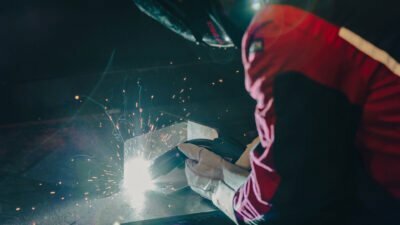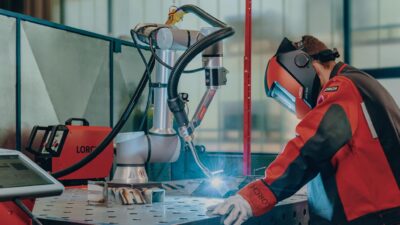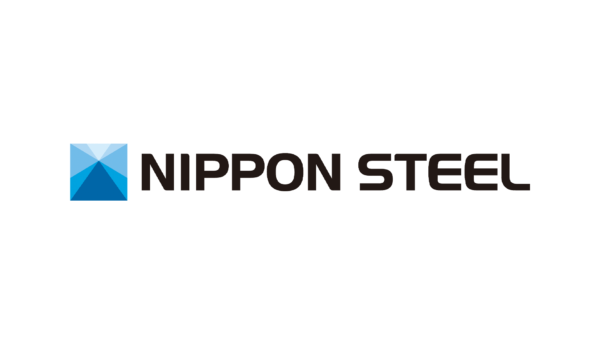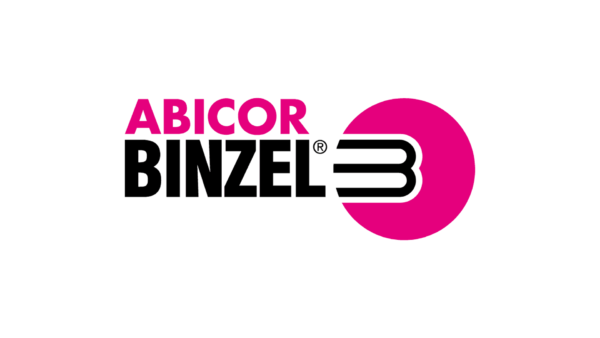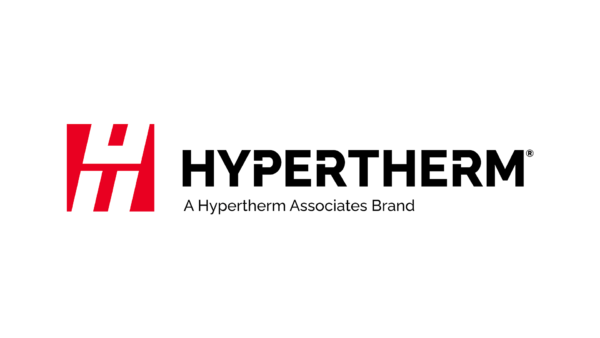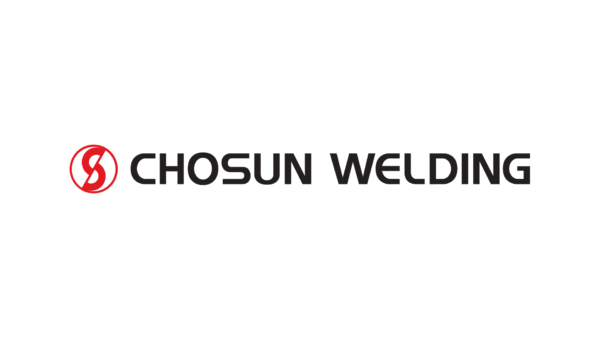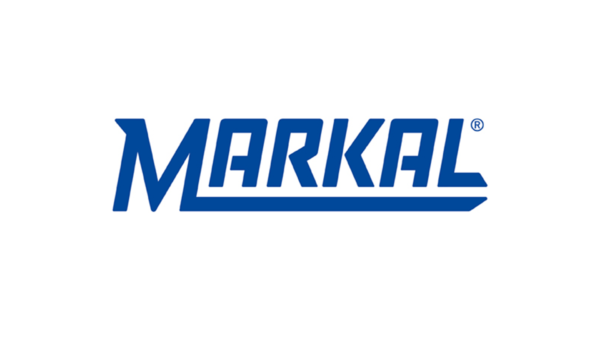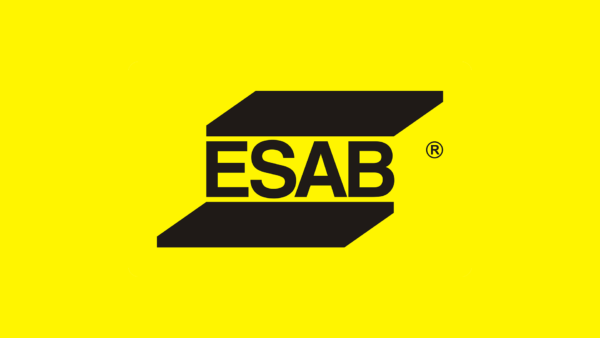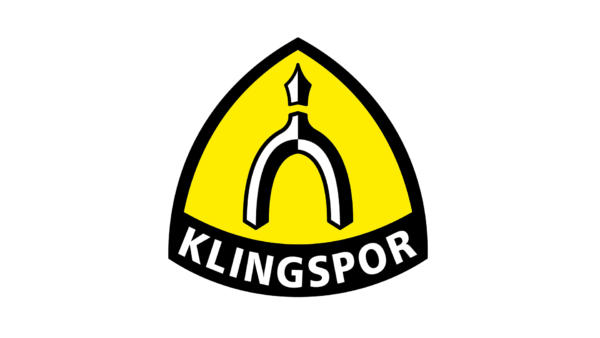The latest news in welding fume extraction
There is no ‘one size fits all’ solution to the problem of protection from dangerous welding fumes, rather a combination of actions and products will reduce the risks to a minimum for welders and others.
Well-designed and located extract ventilation to remove fumes is an essential element. Given that a very small welding fume particle can take potentially 2 days to reach the floor when released from a height of 1.5 metres, it’s clear these particles can remain suspended in the workplace air well after the welder has stopped welding or changed tasks.
Fume particles can be inhaled by the welder during and after welding, and by anyone else entering in the workshop space.
Extracting the welding fume at the source is the goal. Think of it like a virus – you’re trying to catch a cough or a sneeze to stop particles you can’t see. If you can control the smoke right at the arc so capturing it at its source, you can remove almost all fume.
Capturing the fumes can be done using mobile fume extractors but the hoods are at a distance from the fume source, so the welder’s head is often still in or close to the fume cloud and the hoods require frequent repositioning as the welding position is changed. This is particularly an issue when the welder works with long or large pieces, the repositioning frequently interrupts the job, plus the reach of the hood can limit the extraction area.
A more effective option is on-torch fume extraction. The extraction shroud is built into the welding torch, so moves along the weld staying very close to the fume source at all times with no disruption or extra effort from the welder.
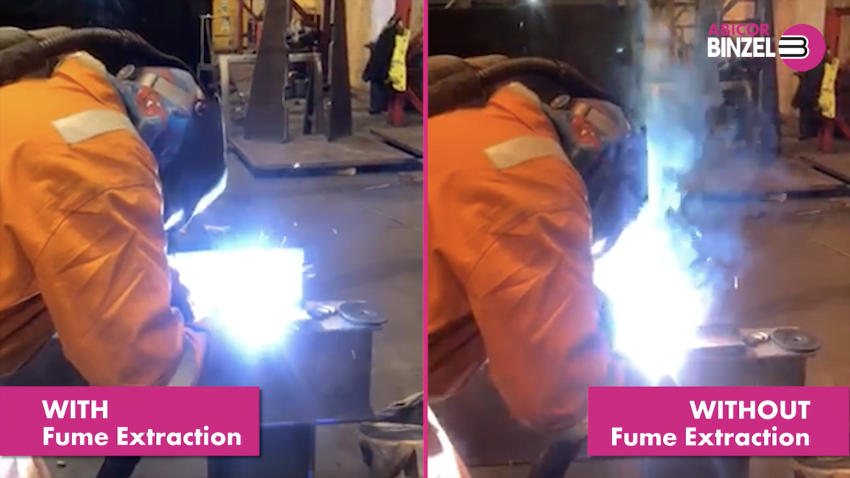
Fume extraction torches are versatile; they are suited for any application where a regular MIG welding torch is used, TIG and mechanised torch options are also available. The only process that isn’t supported by fume extraction is push-pull welding as manufacturers have found it too difficult to add a fume extraction system to an already over-sized torch.
A common concern of welders considering fume extraction torches is the size and weight of the torch, however, the cumbersome torches of the past have been upgraded to lighter and narrower models which focus on ergonomic designs to reduce weight and discomfort, while also improving accessibility to welding joints.
Another issue with older style fume torches was increased porosity and resulting poor welding quality. This has been eliminated with improved physical design of the extraction shroud and ability to precisely adjust the extraction rate if needed.
So, fume extraction is a very important factor in reducing the risk from welding fumes. A good look at the workshop situation and consideration of welding process, low fuming consumables, purified air powered respiratory helmets, etc, should be undertaken to decide the most effective way to minimise the risk of welding fume inhalation.
If you are considering extraction at source then you will require the following equipment:
- Fume Extraction Welding Torch
- High Vacuum Fume Unit
For a good overview of fume extraction, view Fume Extraction introduction ABICOR BINZEL
Give us a call on 09634 1949 if you are interested in a demonstration of the latest ABICOR BINZEL xFUME PRO torch and xFUME extraction unit.


